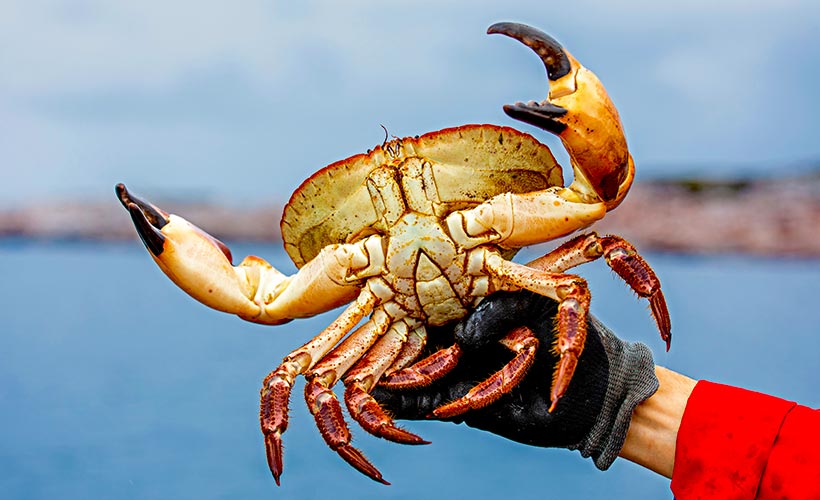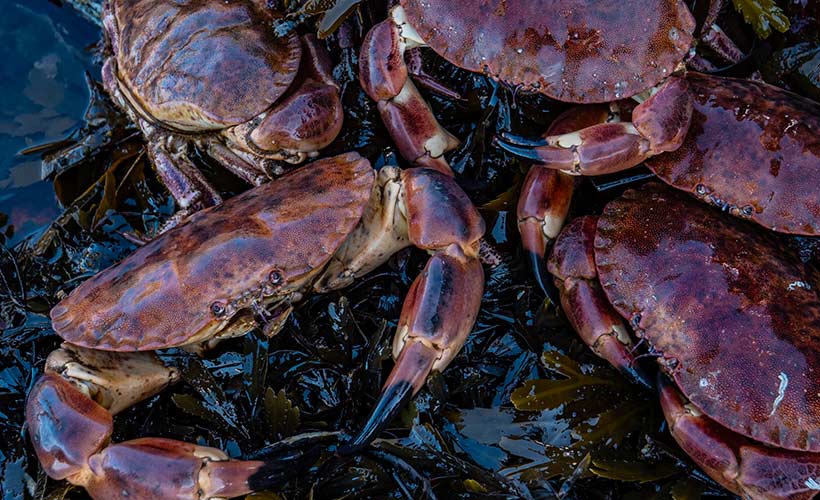Norwegian Crab: Protecting Norway’s Most Accessible Culinary Delight

There is a very good reason why the brown crab is referred to as the ‘Norwegian crab’.
Of course, there are larger and more famous types of edible crabs that live within the waters surrounding the country, but none of them are indigenous.
For instance, the red king crab and the snow crab may be bigger in size, but neither of them is truly native. Both of those crustaceans were introduced to the area by humans.
The delicious brown crab, on the other hand, earned the moniker of the ‘Norwegian crab’ because that is what it truly is: Norwegian.
Adored Worldwide, Accessible in Norway
This seafood from the coast of Norway is adored worldwide. So much so that commercial boats land around five and a half thousand tonnes of it each year.
Along with the commercial catch, many of the locals along the coast fancy themselves as crab catchers. There is no shortage of Norwegians who have placed this dish on the dinner menu by using a flashlight, quickness of hand, and inside knowledge of the local area.
Of course, Norwegians aren’t the only people who know the value of this delicious delicacy. It is a regular feature on the menus of some of the finest restaurants around the world. You can pair it with salads and pasta, but its delicious meat is also scrumptious on its own.
Aside from its wonderful taste, the brown crab provides a far more friendly price than its alternative, the king crab. The latter has always been expensive, with recent price rises making it even more so.
As previously said, unlike the Norwegian crab, these pricey pinchers don’t occur naturally in Norway. They were introduced by Russian scientists to Norwegian waters in the 1960s.
Therefore, if you want a cheaper, more accessible, but similarly delicious alternative, you can go for the native choice, the brown crab. We should probably also mention that it is rich in protein, vitamin B12, and selenium.
Norwegian Crab Fishing: Protect & Stustain

The delicate and nutritious meat from both the claws and the shell of the brown crab is famous both locally and commercially. With such popularity always comes the risk of overfishing.
Worry not though, as this local dish is abundant in the waters that surround Norway. Better yet, Norway put in place several measures to ensure that the Norwegian crab’s future is a sustainable one. For instance, fishing companies can only harvest them using custom traps that have no effect on the local environment. It is a relatively non-invasive way to catch the creature and helps maintain the valuable ecosystem around the crab’s habitat.
Not only that! There is a limit on the maximum number of traps per recreational fisher. And, everyone must abide by the minimum landing size. It ensures that crabs reach maturity before they end up on your plate.
These measures, along with large reproducing rates, ensure that the Norwegian crab is not just a delicious meal, but a sustainable resource.
